Science
This week’s word is SCIENCE. When I think of the word “science”, I immediately think of when I was in 4th grade and our class would watch an episode of Bill Nye the Science Guy every Friday. I hope you folks are ready for a throwback to the 90’s with this video:
http://www.youtube.com/watch?v=Nx4HdbTiksY
Brings back some good memories 🙂 Now for my rocky segue into how it relates to music therapy.
The music therapists at MTCCA are NMTs (Neurologic Music Therapists), which means that they are trained on the specific areas of the brain that react to certain things, like motor movement, language, and cognition. We use music therapy techniques that are specific to the certain areas of the brain. Bill Nye discusses memory at about 5:36 in the above video. In retirement homes and older adult settings, I like to use “name that tune” to stimulate long-term memory in clients. The melodies from their favorite songs are stored in the brain, and when they hear the familiar tune, the memory comes back.
Children with Autism often have delayed speech development due to the way their brain is wired. Speech is processed in specific parts of the brain, but the great thing about music is that it is processed in the ENTIRE brain. Think about it a pianist: when someone plays piano, they are accessing fine motor movement (moving the fingers), tracking (reading the music), auditory processing (listening to themselves play), and much more! In children with autism, the neural firing networks do not work the same as the typical functioning brain. By using melodic prompting and left-hand tapping, we can help a child with autism form a sentence. The brain is such an amazing thing! I will leave you with another Bill Nye gem:
http://www.youtube.com/watch?v=mMoRrIc-BPA
-Marjie



